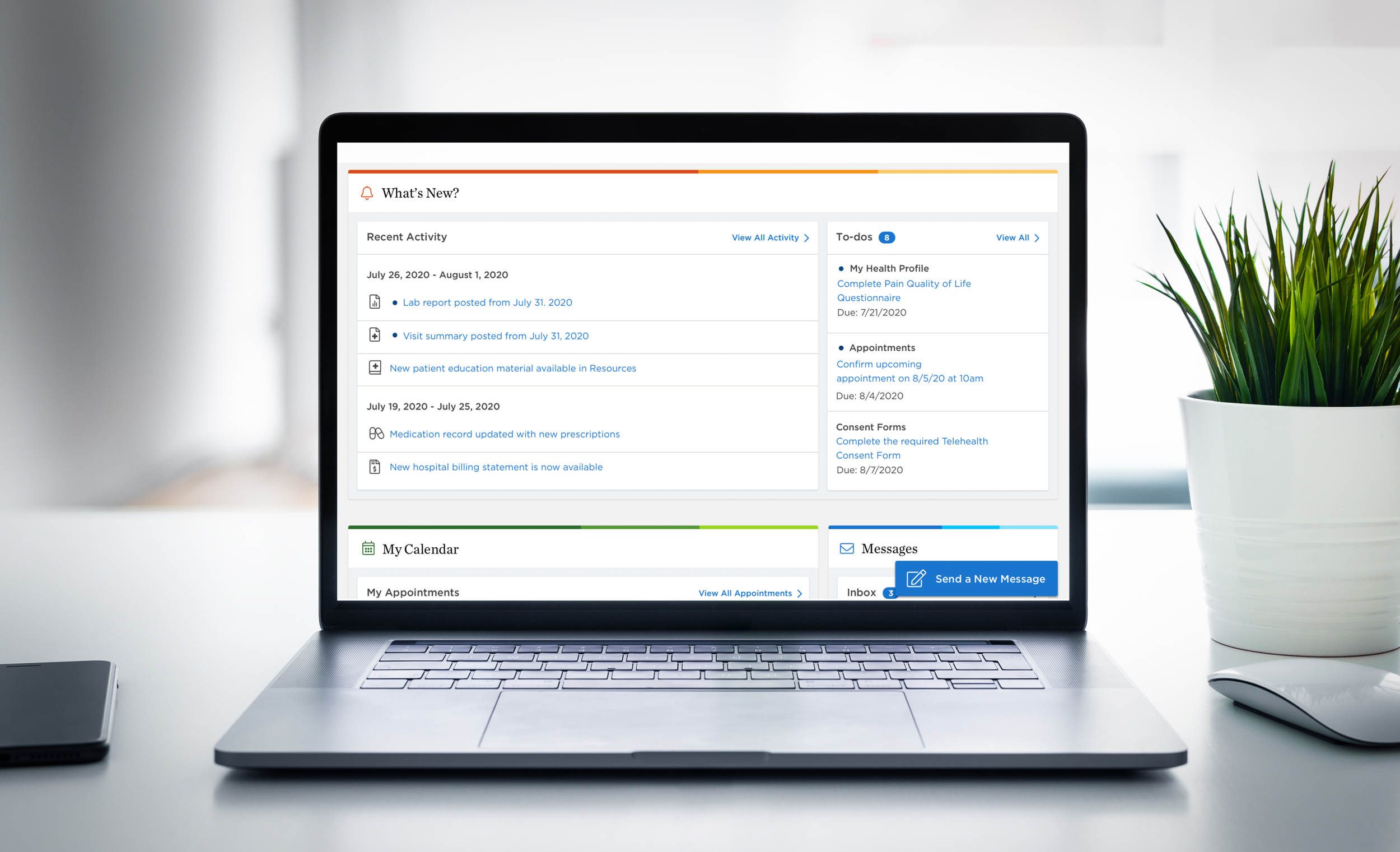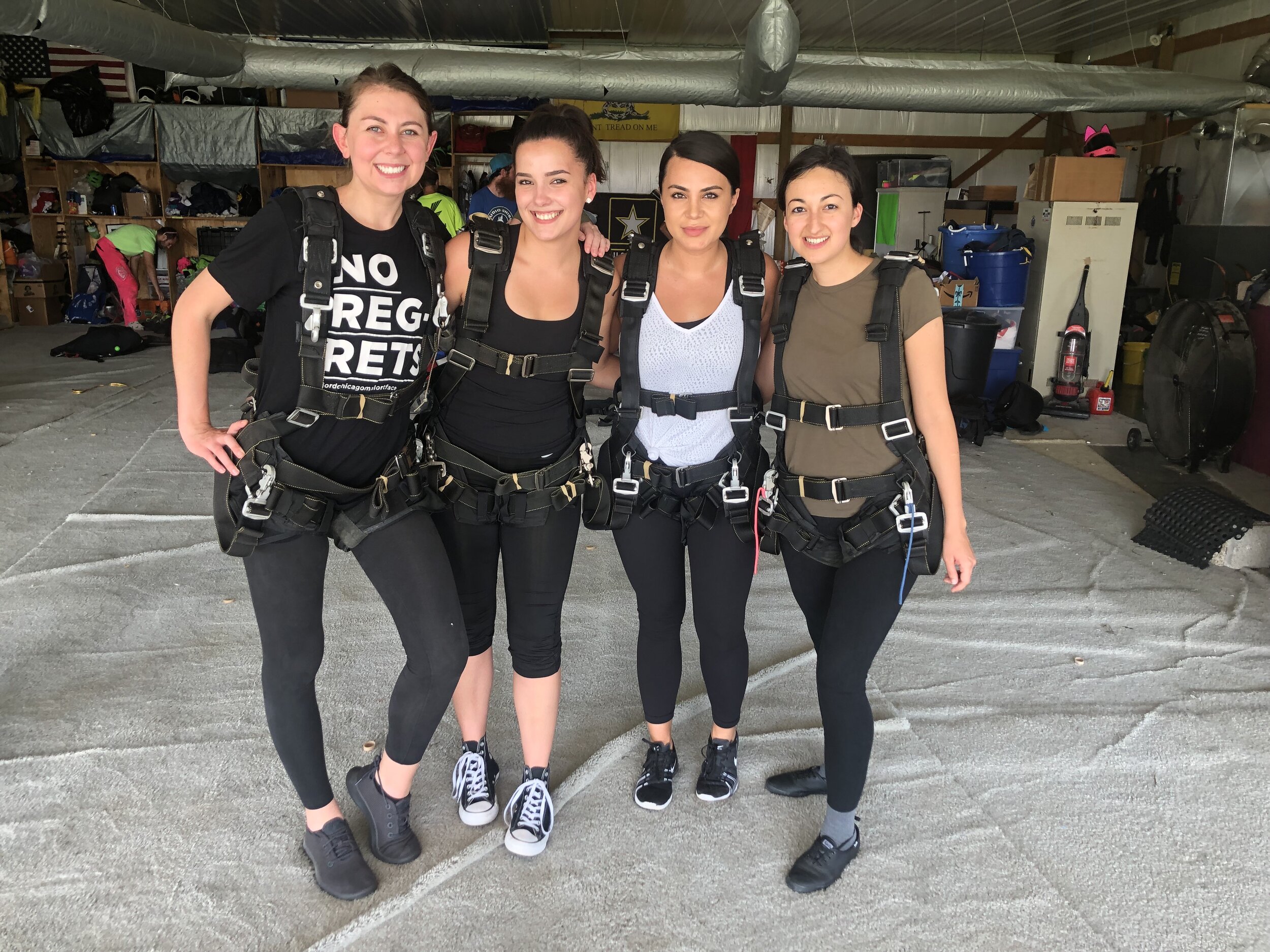Areas of Expertise
Design Research
Using qualitative methods to better understand consumer challenges, needs, values, motivations, and behaviors.
Service Design
Looking across an ecosystem of touchpoints to enhance end-to-end experiences.
Product Design
Crafting artifacts that demonstrate how a digital tool functions to test with users and inform the development process.
Program Management
Establishing processes and ways of working to set teams up for success and deliver high quality outputs.

Work Examples
Included are outputs I had a direct part in shaping as well as those I oversaw the creation of in a leadership role. While this collection is not exhaustive, it aims to capture a wide variety of materials created across a plethora of projects and problem spaces.
The categorization loosely follows the phases of a comprehensive program:
Project Planning & Team Alignment
Executing Research
Identifying Patterns & Uncovering Insights
Mixed Media Storytelling
Developing Strategic Frameworks
Workshop Planning & Facilitation
Design Validation & Usability Testing
Refining Design Assets
Creating an Implementation Strategy
1. Project Planning & Team Alignment
Managing all aspects of a project including timelines, meeting cadences, key dates and milestones, stakeholder engagement strategies, etc., as well as crafting approaches and facilitating team ways of working activities.
Weekly project plan highlighting the intersections across two parallel work streams
Daily project plan calling out individual tasks and key milestones
High level research approach demonstrating a linear methodology
Field research hourly agenda, this whiteboard sketch shows how we planned to break into smaller teams to accomplish a week’s worth of tasks.
2. Executing Research
Creating protocols, discussion guides, stimuli, and field materials, and coordinating logistics across the team, research participants, stakeholders, and third party resources.
Mobile diary submissions (photo, video, screen recordings, survey responses, etc.) gathered after creating a protocol with a series of tasks and questions
In-depth interview stimulus supporting an in-person discussion around health goals
Field guide used for taking notes during contextual shadowing and passive observations
Field notes updated daily via a blog that teammates and stakeholders could access to stay in the loop with the data being collected
3. Identifying Patterns & Uncovering Insights
Immersing in the raw data to develop actionable takeaways.
Qualitative analysis for a card sorting exercise
Qualitative analysis of in-depth interviews using a tagging system to identify emerging patterns
Affinity mapping data points (quotes, observations, statistics, etc.) into themes, the remote team was able to effectively collaborate using a digital whiteboard
Defining insights, which are interesting, relevant, and actionable statements used to uncover unique opportunities and drive the creation of innovative solutions
4. Mixed Media Storytelling
Crafting narratives and relaying experiences using a variety of communication tactics.
Insights circus with stations of various qualitative findings, including a video montage of interview clips, a quote wall, and a series of confessional-style videos; here you see stakeholders taking in the findings using an empathy mapping exercise
Participant bios that summarize the needs, goals, values, and motivations used to help stakeholders build empathy for potential consumers
Interactive presentation on uncovered insights with embedded activities to maintain audience engagement; here you see audience members participating in an ideation activity around How Might We…? statements
Video montages are a powerful story telling method that allow audiences and stakeholders to hear directly from people who represent a potential consumer
5. Developing Strategic Frameworks
Organizing information to help foster new ideas, and make informed decisions aiming to support the overall business objectives
Moments that matter pinpoint instances that are particularly challenging, or otherwise important regarding an end-to-end service or experience; here we used a space metaphor to anchor the narrative around what it feels like for those experiencing these MTMs
Mindsets are mutually exclusive, collectively exhaustive alternative to the commonly used persona
User journeys used to communicate the phases, key activities, and touchpoints across an end-to-end experience, and may highlight various types of information such as pain points, actors involved, user sentiments, devices, physical space etc.
Service blueprint demonstrating intersections between hospital goers and the staff in a future hospital experience
6. Workshop Planning & Facilitation
Designing structured activities that allow teams to effectively make use of cross-functional knowledge expertise and participate in ideation and co-creation activities
7. Design Validation & Usability Testing
Validating decisions and making refinements based on feedback from stakeholders or users of a service or product.
Usability testing results highlighting suggested design improvements
8. Refining Design Assets
Documenting finalized designs and creating artifacts communicating the future experience.
Design system for aligning teams around future enhancements, enabling the current and future team to quickly scale development process for future additions and enhancements
High fidelity visual mock-ups
Annotated wireframes used to communicate navigation details and interactions that may not be obvious from a prototype, and provide further context behind design decisions
9. Creating an Implementation Strategy
Making a plan to bring solutions to life using collaborative activities and communication documents
High level roadmap calling out milestones for realizing service concepts
Detailed deployment plan for a single service design concept
Roadmapping workshop output used to inform a detailed plan









































